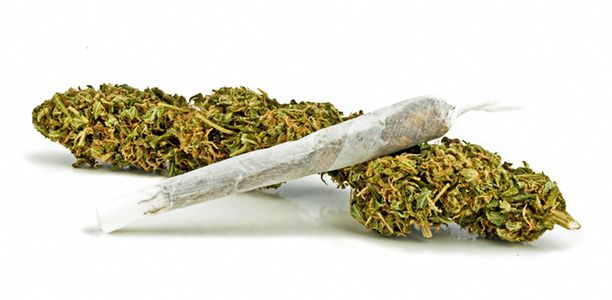The legalisation of recreational marijuana in Colorado was associated with both increased hospital visits and cases at a regional poison center because of unintentional exposure to the drug by children, suggesting effective preventive measures are needed as more states consider legalising the drug, according to an article published online by JAMA Pediatrics.
More than half of U.S. states allowed medical marijuana and four states allowed recreational marijuana use as of 2015. Colorado is one of those states, having allowed medical marijuana in 2000 and recreational marijuana becoming available for purchase in 2014.
George Sam Wang, M.D., of the University of Colorado Anschutz Medical Campus, Aurora, and coauthors examined the effect of the legalisation of recreational marijuana on unintentional paediatric exposures.
The authors evaluated data on hospital admissions at a tertiary children’s hospital and cases at a regional poison center (RPC) between 2009 and 2015. Study participants included children younger than 10 years who were evaluated at the hospital’s emergency department, urgent care centers or an inpatient unit and RPC cases for marijuana exposure.
The authors identified 81 children – 62 included in the analysis – evaluated at the hospital and 163 marijuana exposure calls to a Colorado RPC. The median age of children who visited the hospital was 2.4 years and 2 years for children in RPC cases.
The authors report these findings:
- The average rate of marijuana-related visits to the children’s hospital increased from 1.2 per 100,000 population two years prior to legalisation to 2.3 per 100,000 population two years after legalisation.
- Annual RPC paediatric marijuana cases increased more than 5-fold from nine in 2009 to 47 in 2015.
- Colorado saw an average 34% increase in RPC cases per year compared with a 19% increase in the rest of the United States.
- Sources of marijuana were a parent, grandparent, neighbor, friend, babysitter or other family member.
- Most paediatric marijuana exposures involved infused edible products; many exposures happened because marijuana products weren’t in child-resistant containers, there was poor child supervision or product storage issues.
- The median length of hospital stay for marijuana-exposed children was 11 hours.
- Clinical effects of marijuana exposure included drowsiness/lethargy, ataxia/dizziness, agitation, vomiting, tachycardia, dystonia/muscle rigidity, respiratory depression, bradycardia/hypotension and seizures.
Limitations of the study include that the results may not be generalisable to other states and that the electronic medical records and RPC data may have had missing information.
“Identifying successful preventive strategies requires further investigation. As more states pass laws legalising recreational marijuana, legislators and health care professionals will need to consider strategies to decrease its effect on the paediatrics population,” the authors conclude.
Editor’s Note: The study includes conflict of interest disclosures. Please see article for additional information, including other authors, author contributions and affiliations, etc.
(Source: JAMA Network, JAMA Pediatrics)










